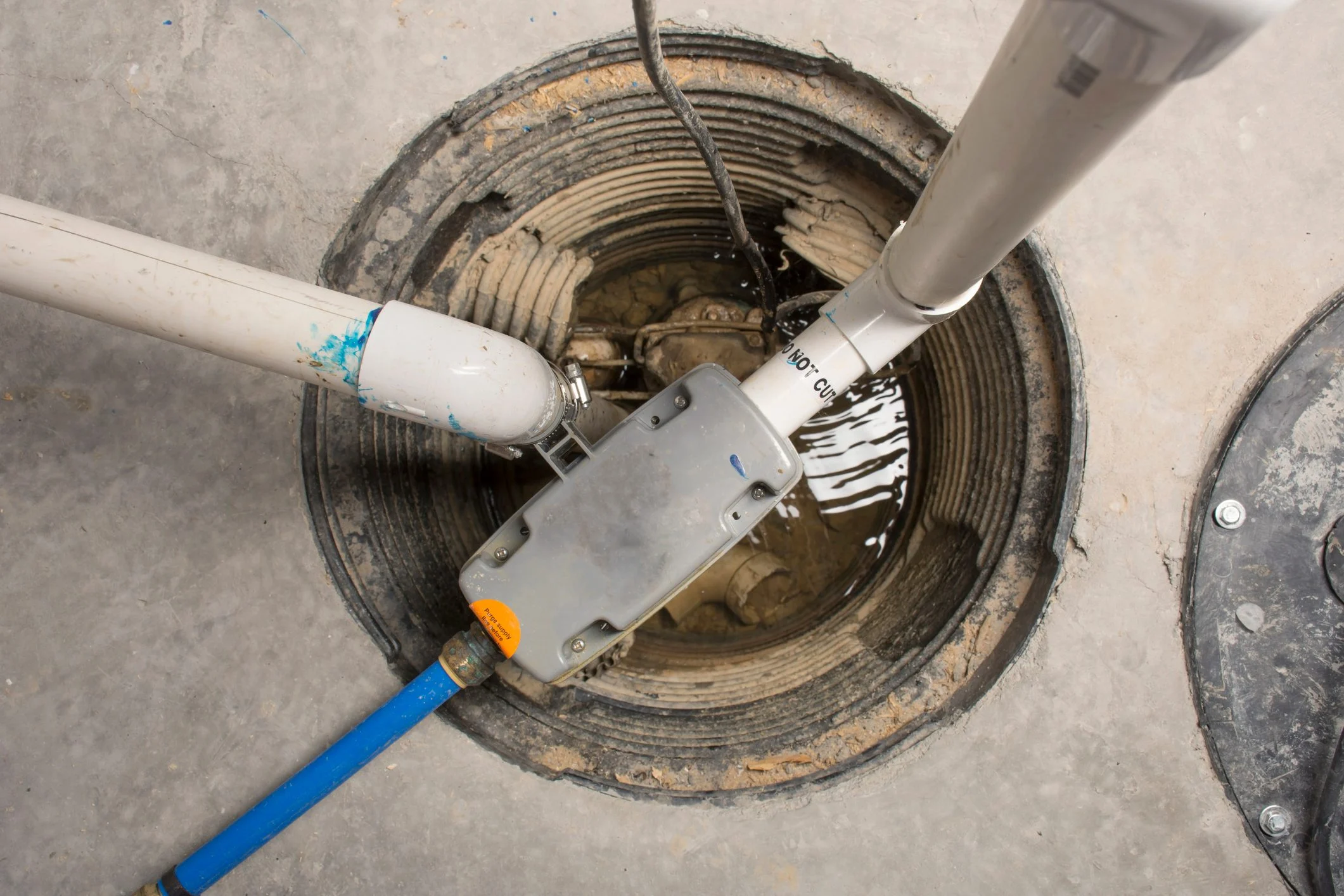

The query, “Can I add a battery backup to an existing sump pump?” is among the most common ones about these devices.
The installation of a battery backup for an existing sump pump is straightforward, which is good news. Here are the three steps required to attach a Pump Sentry as a battery backup to an established sump pump.
Note: While the installation is straightforward, it’s important to familiarize yourself with the manual’s guidelines to ensure your safety.
1. MOUNT THE UNIT TO THE WALL
The Pump Sentry may be installed on the wall so that it doesn’t need to be placed in the sump pit or crock. As long as the sump pump’s power line is long enough, Pump Sentry can be installed wherever it is most convenient. For the battery wires that come with the Pump Sentry to work properly, it must be located no more than 4 feet away. Do check out: Zoeller M53 sump pump
2. MAKE CONNECTIONS
After you have put the Pump Sentry on the wall, do the following:
- Make sure that the On/Off key is set to “Off.”
- Plug the red battery wire to the Pump Sentry’s red (positive +) port.
- Plug the black battery wire to the Pump Sentry’s black (negative) port.
- You can connect your pump into the AC port on Pump Sentry.
- Plug the Pump Sentry into an AC source that runs on 120 volts.
- Switch the On/Off button to ON.
3. TEST YOUR INSTALLATION PROCESS
Once you have properly set up your system, it is now time to proceed with testing the installation. Begin by cycling your pump to verify its proper functioning under normal conditions. After confirming that the pump is functioning correctly, proceed to disconnect the Pump Sentry charger from the AC wall outlet in order to simulate a power outage. Please note that the “Power Output” LED remains lit up, indicating that the unit is still generating power, even when the Pump Sentry cord doesn’t get any power. Please cycle the pump once more to confirm that it is operating in “battery backup” mode.
Once your test is complete, reconnect the Pump Sentry AC power cord to an electrical outlet. The Charging LED should start flashing after a duration of 2 seconds. This indicates that the Pump Sentry has detected the restoration of regular AC power and has resumed its usual operation of charging the battery.
Conclusion:
One advantage of Pump Sentry compared to other sump pump battery backups available in the market is its simple and quick installation process. Unlike other options, Pump Sentry does not take up space in the sump pit or require complex additional steps like cutting and gluing pipes. The installation of this wall-mounted unit will improve the performance of a sump pump, providing increased reliability without the need for installing an additional pump, which can be both inconvenient and costly.




